Walking Safari Guide
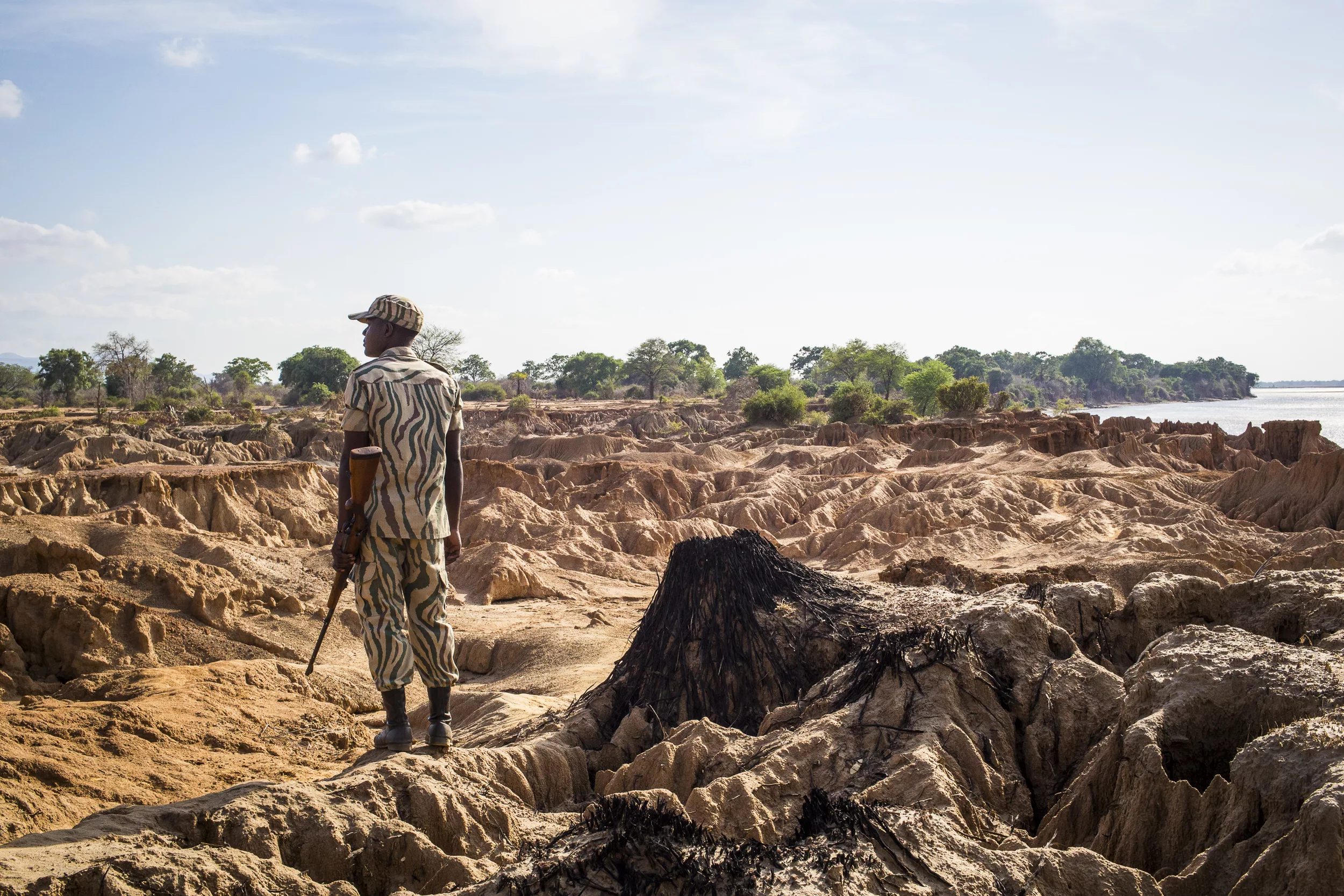

Once you’re on foot, you’ll encounter an incredibly diverse living world that you are an integral part of.
Walking in the African bush offers an immersion in nature found almost nowhere else. We’ve seen hundreds of elephants on safari, but the ones we’ve encountered on foot are the most memorable. Getting out of the vehicle is intimidating to many people, but it’s about as safe as any other travel activity. I’d rather cross a clearing in the brush than a street in New York City or Delhi! And once you’re on foot, you’ll encounter an incredibly diverse living world that you are an integral part of. It’s a profound experience, and we encourage our clients to try it at least once.
Here are some frequently asked questions and tips to get you started on your walking safari journey.
If you want to get close to wildlife, a Land Cruiser is undoubtedly the best way. Most animals are acclimated to their presence and will hardly react to a vehicle’s approach. You can find yourself within a few yards of an elephant or a lion, which makes for great photos.
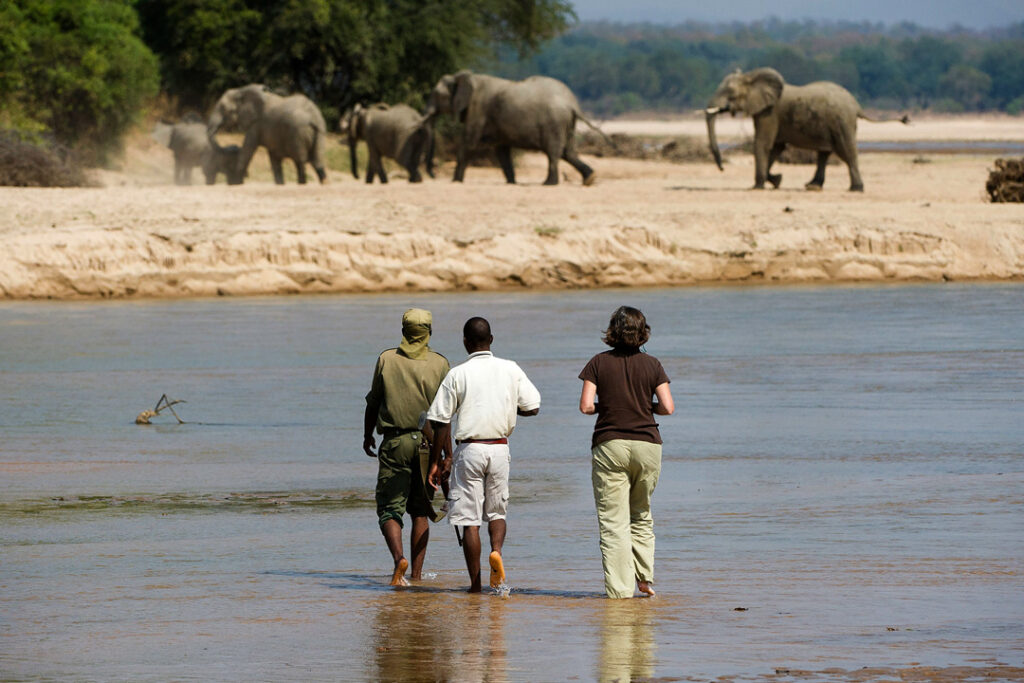
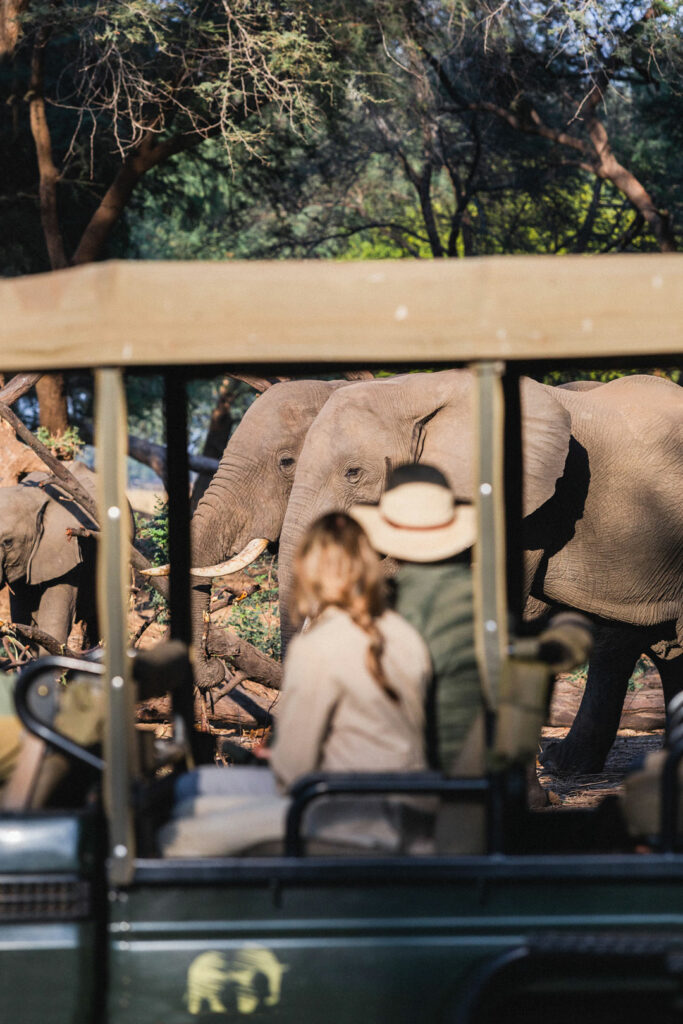
You can feel yourself as a participant in the landscape rather than a passive observer.
Walking is the opposite, as creatures have a noticeable reaction to your presence on foot and see humans as a potential threat. There is an invisible bubble around yourself pushing the animals away, and every species has a different tolerance. However, this friction is part of the joy of walking. You can feel yourself as a participant in the landscape rather than a passive observer. Your senses become heightened, and you will hear and feel the wilderness as much as you see it in a vehicle. You’ll also explore some of the more subtle traces of nature, including animal tracks, dung, burrows, and plant life.
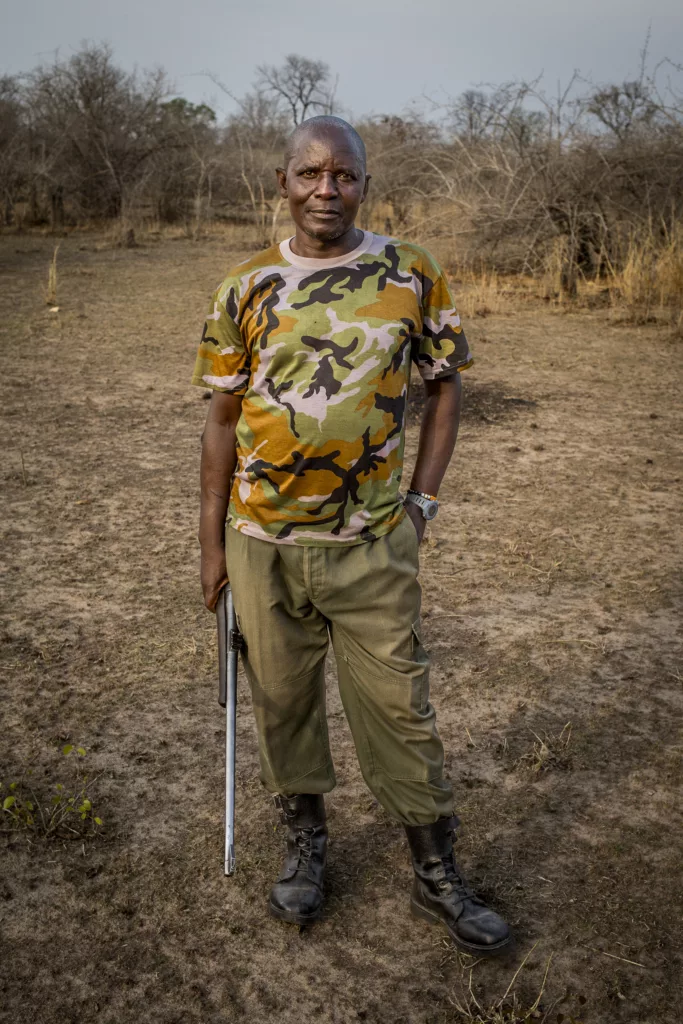
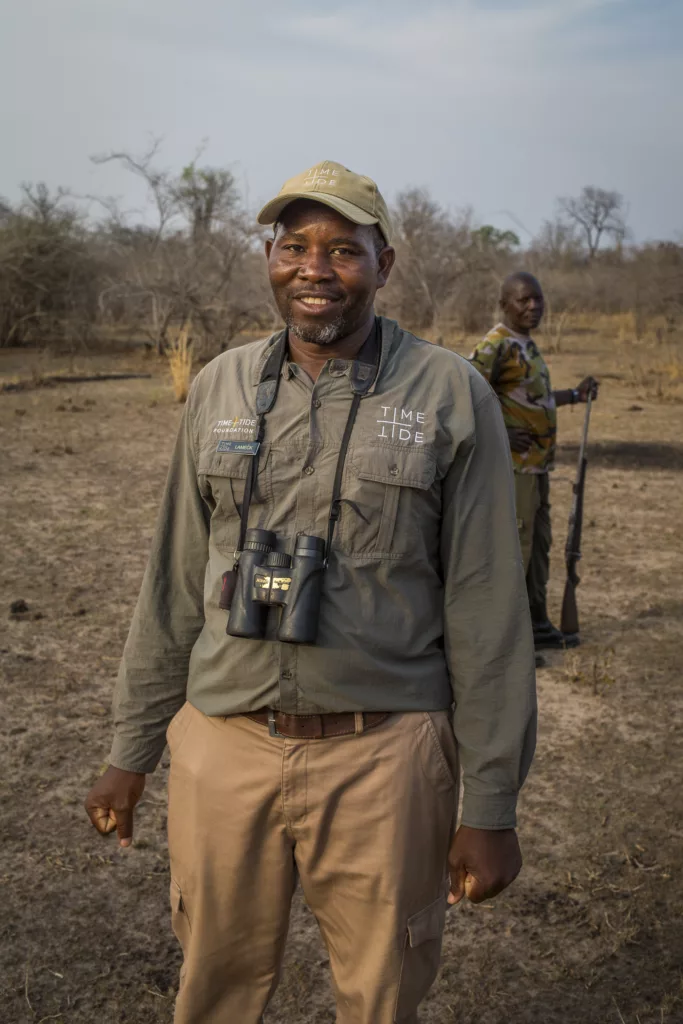
All walking safari guides are highly trained, and problematic encounters with animals on foot are very rare. You will never approach a group of elephants or lions on foot like you would in a vehicle, and you should always maintain a single-file line so as not to spook the animals. Guides also constantly read wind direction, listen for bird warning calls, and observe animal body language to ensure your safety. This is their 9-5 job, so seeing these magnificent creatures outside the safety of a vehicle isn’t a cause for alarm.
Still, a trained ranger with a rifle is always present in case of the unexpected. They will remind you of the importance of always standing your ground in the event of a charging animal.
Walking safaris are generally over level ground and require only a moderate fitness level. Walks can last anywhere from one to six hours, but your guide will tailor the walk to fit your needs. Temperatures can be quite hot in Southern Africa in October and November, but you will generally leave camp early to avoid the day’s heat. A porter will also join you on longer walks to carry refreshments, so you will only be responsible for a small water bottle. You can also pack a camera, but I suggest leaving the bigger lenses for an afternoon game drive.
Walkers should dress in natural colors like tan or green, like they would on a game drive, but they should avoid camo patterns, which are usually reserved for rangers. Long pants and sturdy tennis or hiking shoes are also helpful to protect against thorny plant life, and a hat is essential.
The modern walking safari started with Norman Carr in Zambia’s South Luangwa National Park in the 1960s, but has since spread across Southern and East Africa. Zambia and neighboring Zimbabwe are still premier destinations for walking because of the trained guides who venture out on foot almost daily.
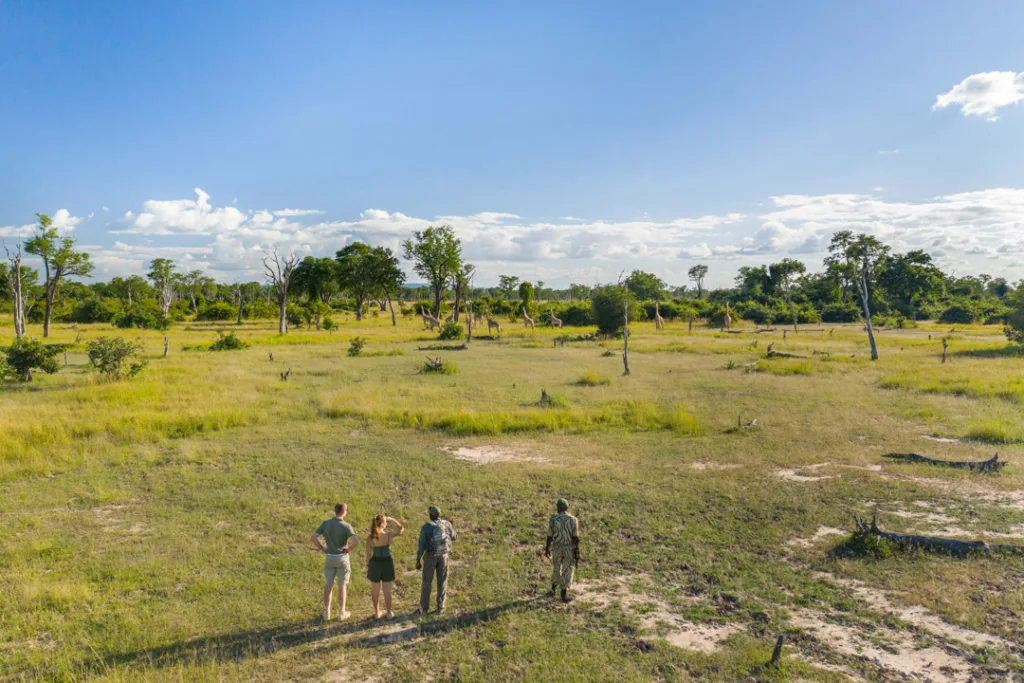
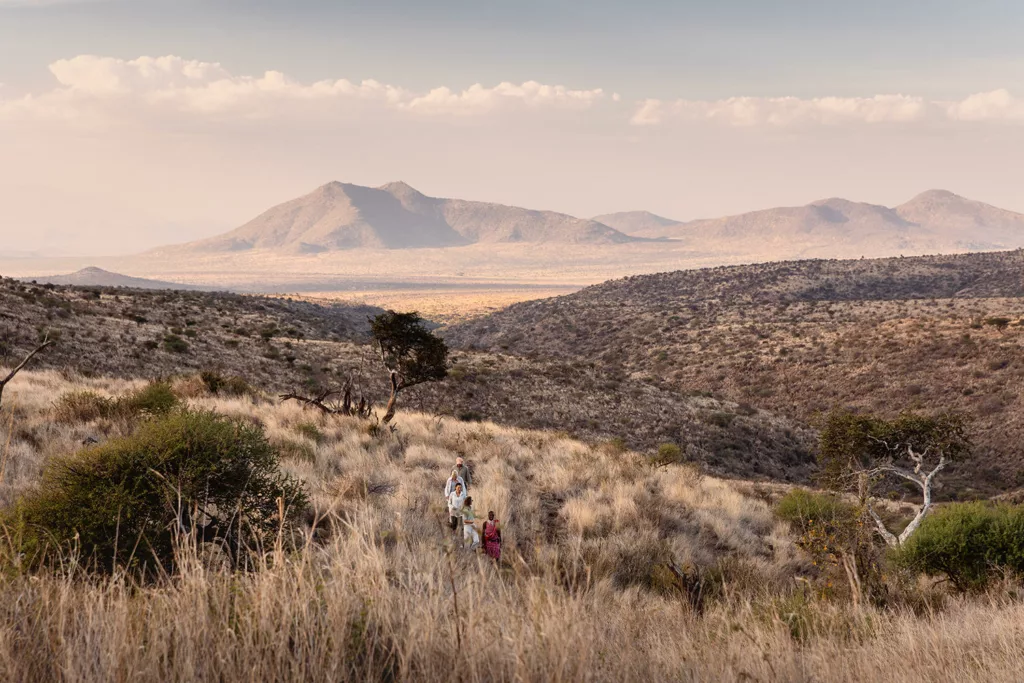
Tanzania and Kenya have developed strong walking offerings for more dramatic landscapes through the Serengeti and Laikipia regions. We can help you determine the walk that best fits your needs. Read more about our favorite walking safari camps in Africa below.
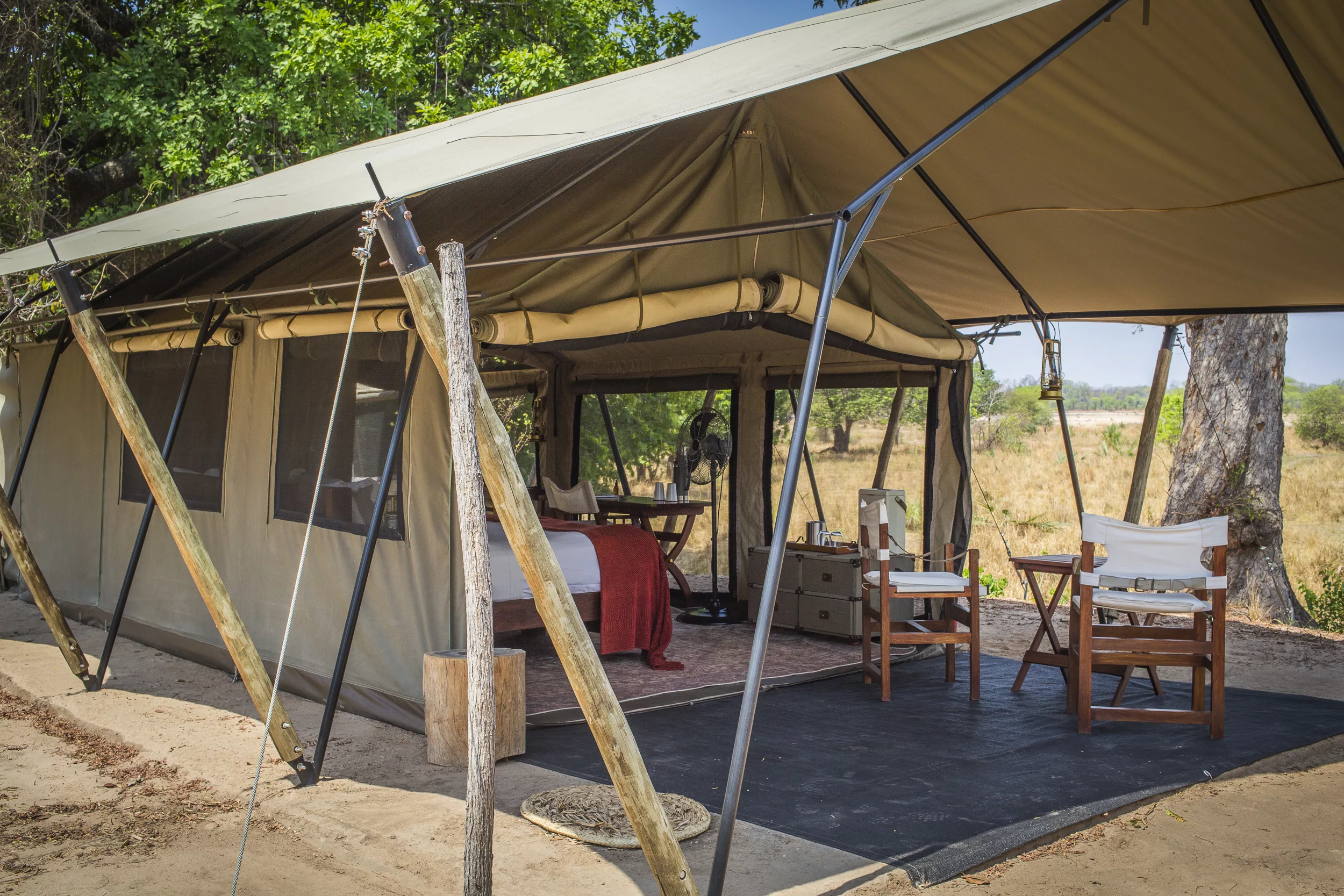
Many safari camps will offer walking, but we’ve selected our 11 favorites to inspire your next trip. Read more…
Committed walkers have the opportunity to set out on multi-day walking safaris. Staff will set up remote fly camps at multiple locations in a landscape, so that after a long day of walking with your guide, you arrive at your home for the evening with a hot meal and a cot. Tents are usually sparse, but it feels like luxury considering the remoteness. Robin Pope has scheduled departures throughout the high season in Zambia’s South Luangwa National Park for the true adventurer, and a slightly more relaxed option would be a camel-supported safari through northern Kenya. We almost always bookend a long walk with some nights in a more luxurious camp to relax and dust off.
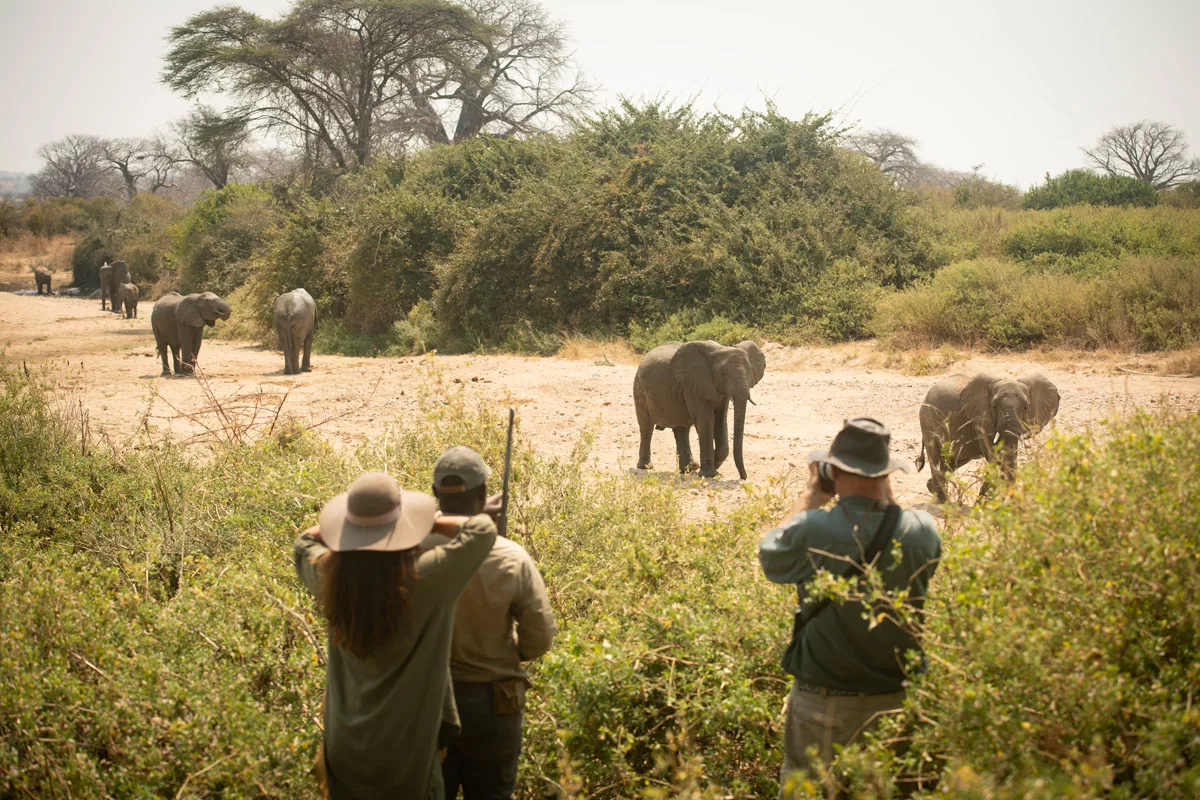
Learn more about one of our favorite walking offerings in Tanzania and an update on their new camp. Read more…
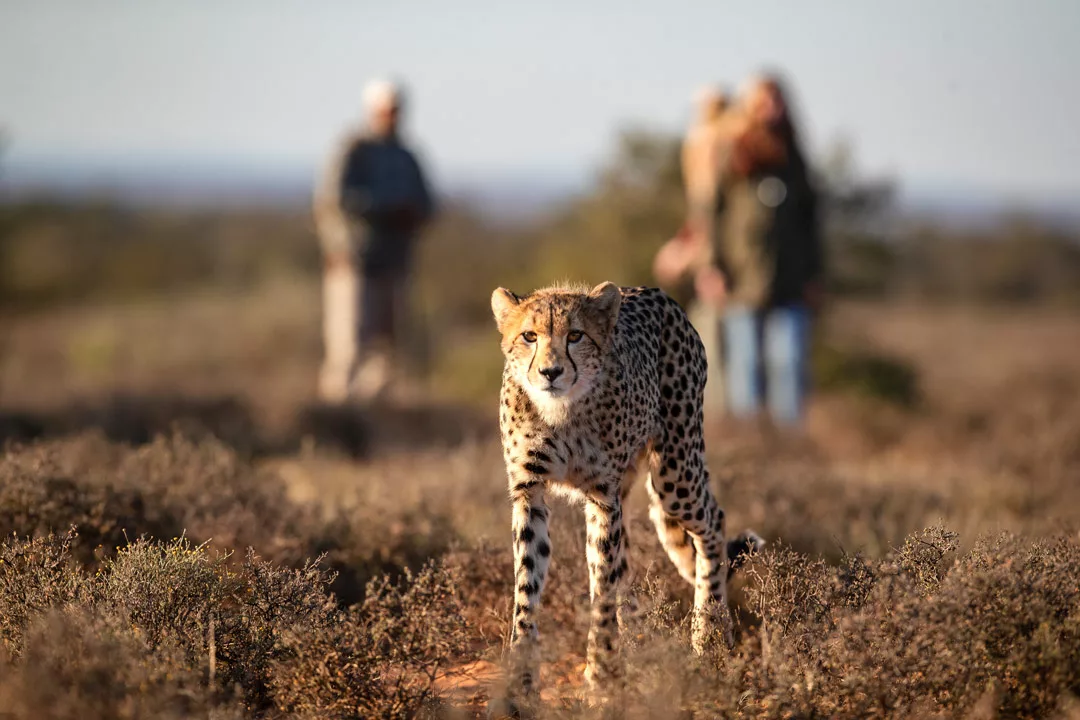
Learn more about a unique South African walking itinerary in the Great Karoo region. Read more…
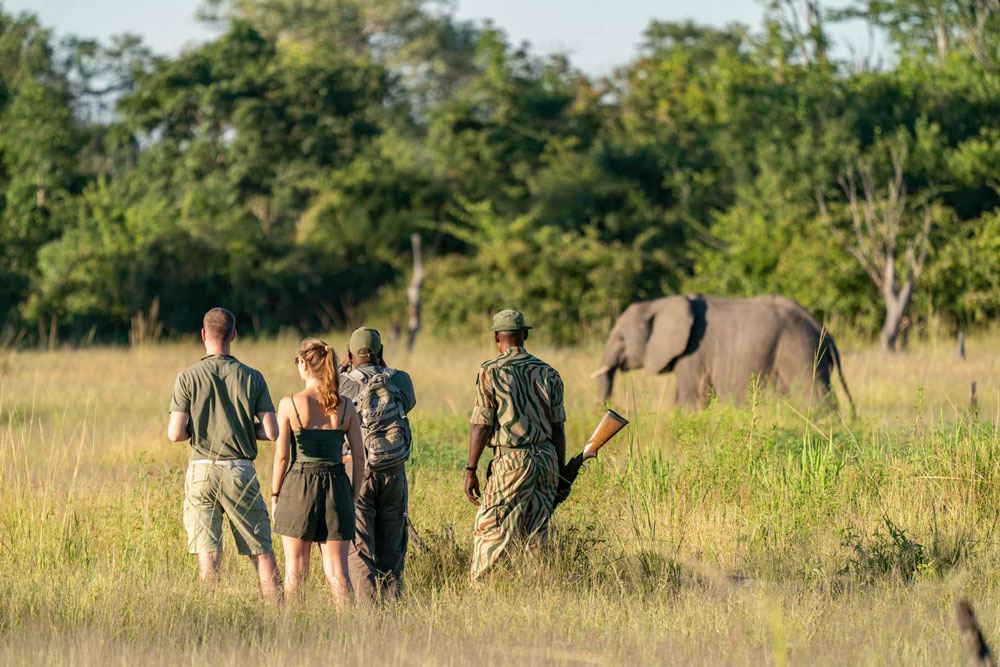
Explore our favorite camp-to-camp walking itinerary through Zambia’s South Luangwa National Park. Read more…
We combine expert knowlege with creative itineraries to make your travel dreams a reality. Contact us for a free consultation.

Get monthly travel news, destination guides, and seasonal offers delivered to your inbox.